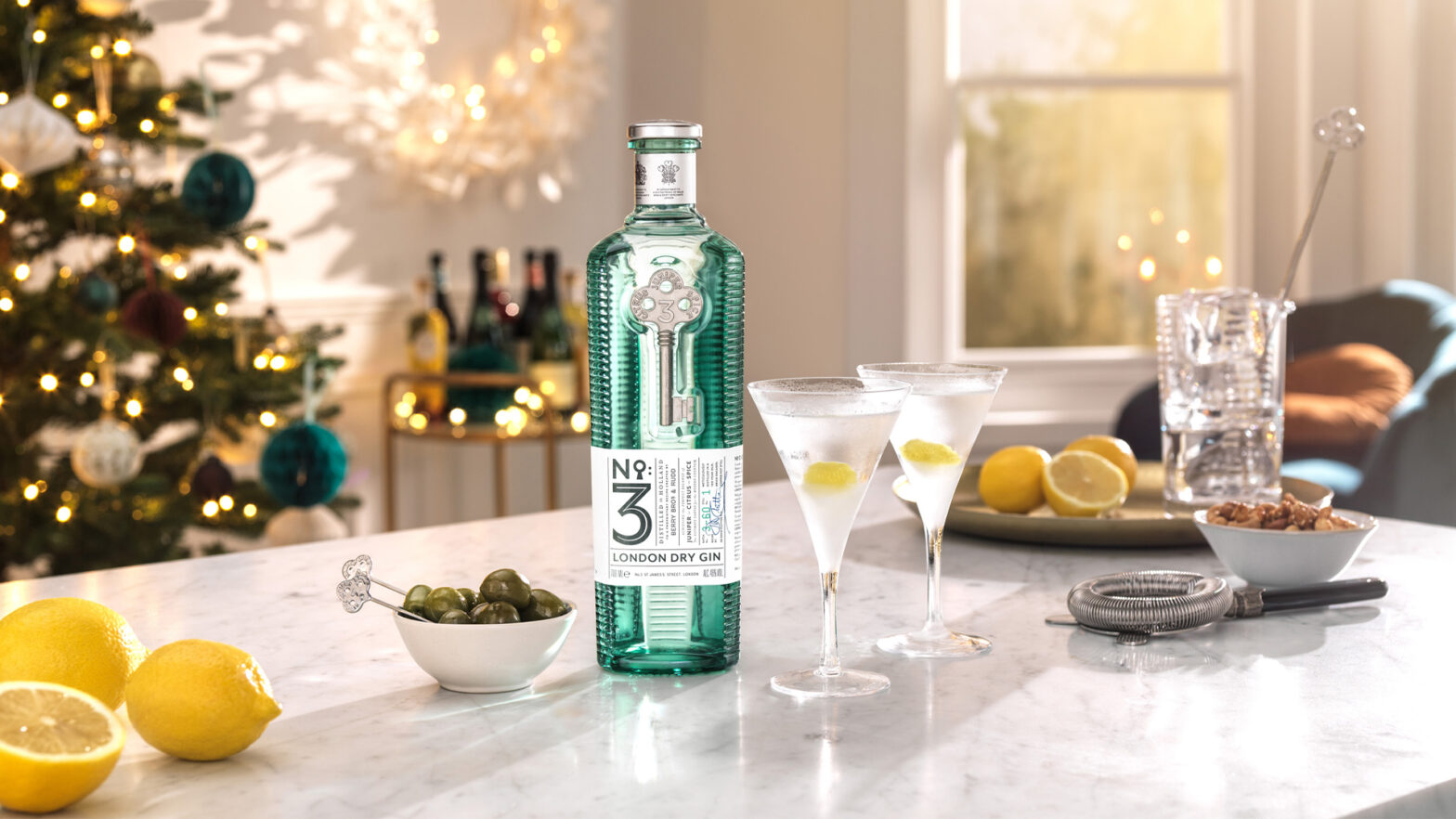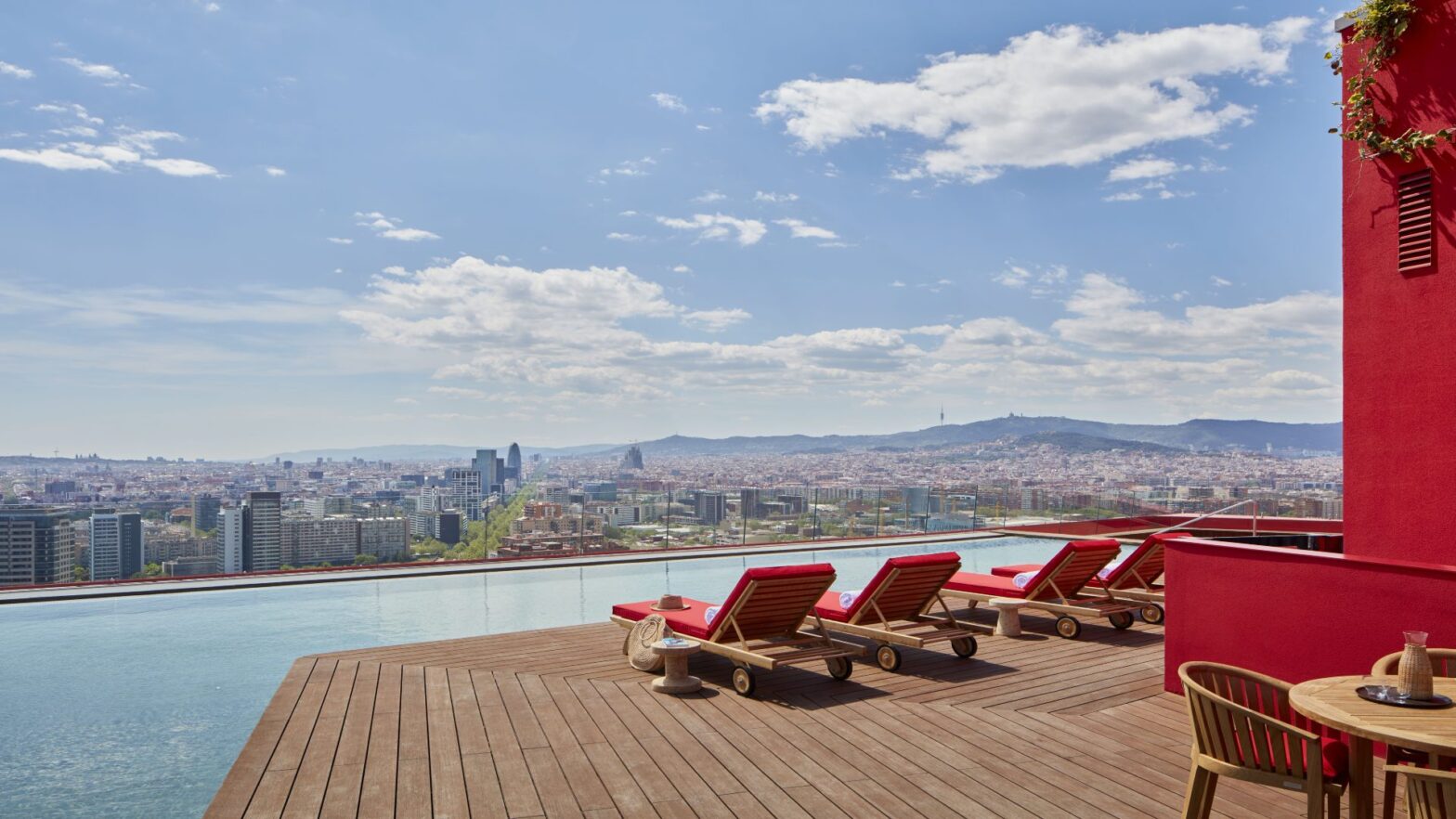
Slow fashion is fast becoming the popular choice in luxury wear, not just because it is ethically and environmentally sound, but because it offers longevity and quality that consumers demand. Find out more about how luxury brands are taking slow fashion to the next level.
What is Slow Fashion?
There is no doubt that the fashion industry often changes directions, with trends and styles frequently changing in a bid to interest consumers. However, with the ever-growing climate concerns and interruptions to mass production due to Coronavirus, fast fashion appears to be on the out, replaced with a more ethical slow fashion that offers timeless looks that will last.
Slow fashion is essentially an approach to fashion that takes into consideration each element of clothing production, opting to choose more ethically and planet-friendly methods. The other element of this movement is a conscious decision to use better and longer-lasting materials so that individuals can build a wardrobe for life, rather than just for a season.
As 73% of Gen Z consumers are now taking a more thoughtful approach to their fashion spending, the shift from fast to slow fashion is growing at a rapid rate. This encourages more consumers to look for a slow approach that they can wear with confidence, knowing that the people and processes that have been used have been carefully considered as well as enjoying a garment that suits their style.
How is Slow Fashion Impacting Luxury Fashion?
The marriage between slow fashion and luxury brands is synonymous, with many consumers looking to luxury brands to provide them with guidance on their style choices. However, it has not always been this way and in the recent past. Many luxury brands worried about how to approach climate concerns and make their garments more appealing to consumers who enjoyed excess and lavishness rather than sustainable solutions.
Happily, this is no longer an issue and many luxury brands have pivoted to become some of the most environmentally friendly options on the market. From changing their business approaches to working with slow fashion designers, there is now a myriad of ethically focused options. This change has been, in large part, due to consumer demand, with more of us now seeing environmentally conscious choices as part of our need to feel happy and fulfilled.
As the demand for slow fashion increases, the options for mass production increase too, making fast fashion cheaper than ever before. However, even though fast fashion is more accessible than ever before, 92% of consumers over 55 would opt for more expensive garments that had been made with slow fashion values. Not only does this prove the need for the growth of slow fashion, but also that consumers are far savvier about where they buy their clothes from and how they want them to have been produced.
The Buy-Less, Buy-Better Mentality – Educating Consumers
While there are a growing number of consumers that demand slow fashion, there are still a lot of people that lack education about the slow fashion movement. More than a tenth of shoppers does not know the characteristics of slow fashion, leaving them unable to make ethically responsible choices.
Some of the main characteristics of slow fashion include:
- Opting to use high-quality materials for garments that are sustainable.
- Creating timeless pieces that will remain popular as trends change.
- Making use of locally sourced materials.
- Employing locally-sourced production teams.
- Being sold in luxury and local stores rather than mass-produced.
- Offered as made to order to reduce unwanted production.
- Offering a collection that is not tied to a specific season.
What the Future of Slow Fashion Looks Like
There is no doubt that slow fashion has an important place in the fashion world, but where will it lead, and what will a slow fashion future look like for luxury brands? The good news is that as slow fashion grows, the impact of this on the planet and our purses is set to improve. Take a look at five of the most impactful outcomes of a slow fashion future:
- Reskilling Consumers – when consumers invest a significant amount in key slow fashion pieces, they will be more likely to pay for repairs, which will increase the demand for skilled workers who can perform these tasks – having both a positive effect on the economy as well as the environment.
- Improving Consumer Choice and Change – as more people join the efforts to reverse the impact of climate change, offering slow fashion not only improves environmental outcomes, but it gives consumers the power to change the world they live in through conscious clothes shopping.
- Providing Fair Wages and Safe Workspaces – one of the key components of slow fashion is providing workers with safe and fair workspaces. The future of slow fashion, therefore, has the potential to help fashion brands take responsibility for their decisions and helps consumers choose to purchase items that have been made ethically.
- Reduced Waste – as luxury brands work to offer a slow fashion ethos, they have worked to reduce the amount of waste that currently mars the industry. By offering made-to-order and reducing the number of items that are created, the slow fashion industry is working hard to undo the destruction that fast fashion has created.
- Achieving Environmental Goals – as more governments set stringent emissions requirements, the future of slow fashion is ready to help. Implementing climate-friendly practices and using materials that are sustainable will help to hit those goals and reduce the negative impact that clothing has had on the environment.
There is obviously a lot of work to be done to support the growth of slow fashion, but luxury brands are working hard to play their part in shifting paradigms at the top of the market. By providing pieces that are timeless and robust, they will not only support the demand from their clientele but also change the way that other retailers respond, creating a catalyst of change that is long overdue.




















